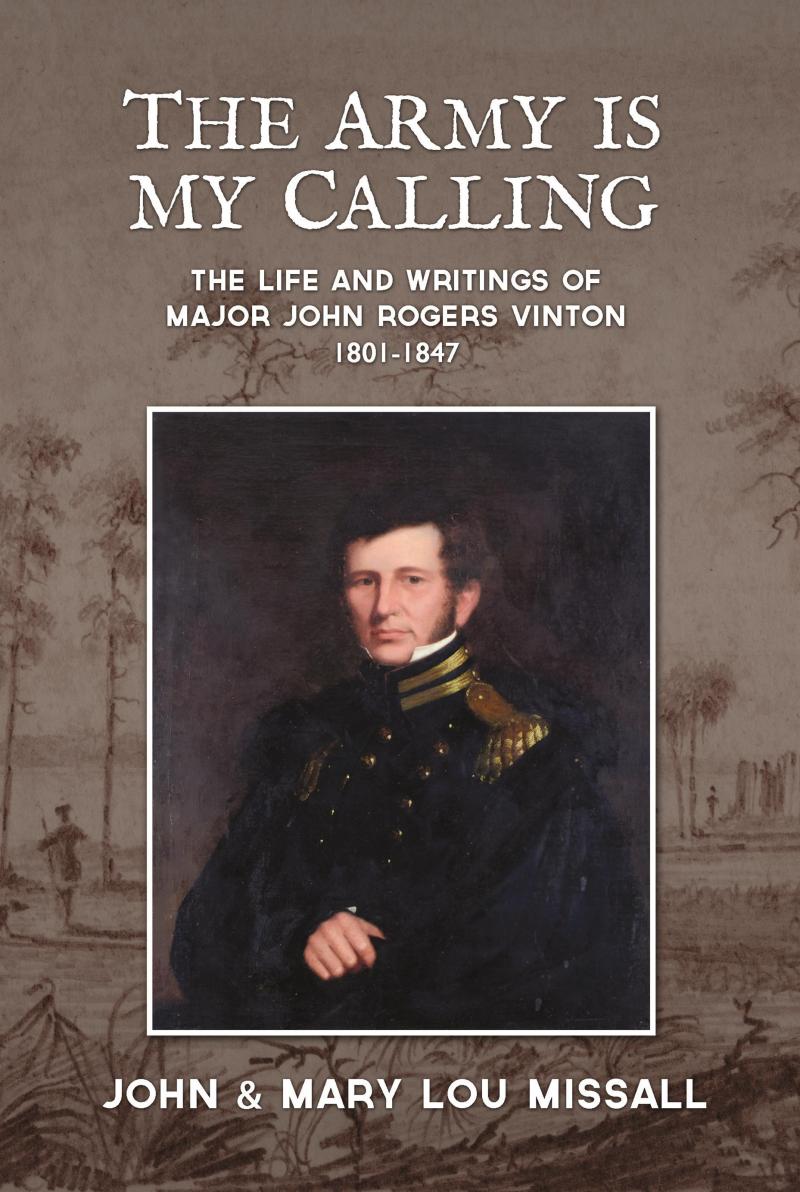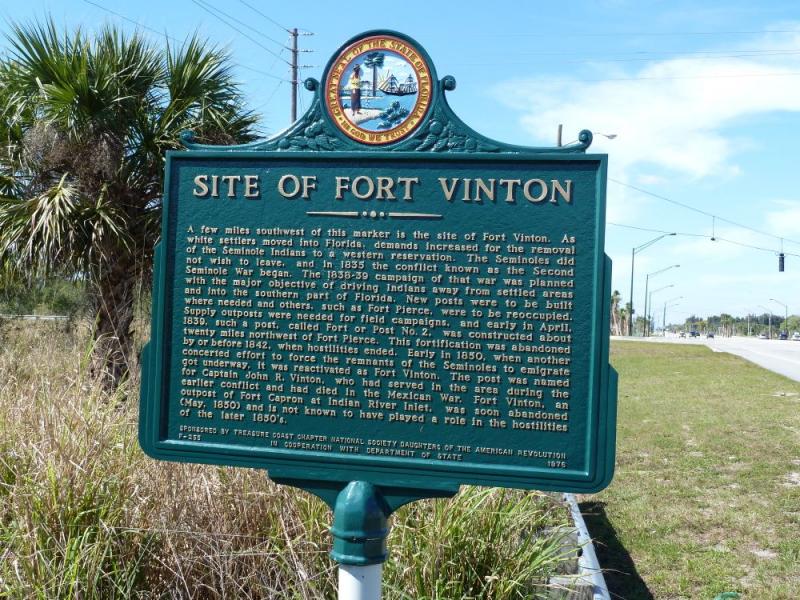The life of a soldier who fought in Florida during the Second Seminole War is chronicled in detail in the new book “The Army is My Calling: The Life and Writings of Major John Rogers Vinton, 1801-1847,” by John and Mary Lou Missall.
The married co-authors are best known for their first book, “The Seminole Wars: America’s Longest Indian Conflict.”
“I got interested in it while I was working on my Master’s degree through California State University,” says Mary Lou Missall. “I wanted to do my thesis on some aspect of Florida history.”
Realizing that there was a lack of scholarship on the Seminole Indian Wars, Mary Lou focused her research on that series of conflicts. After graduating, she and her husband collaborated on their comprehensive first book.
“We had never been able to find a book that covered all three wars, everything in between, the politics and all of that, so we decided to write one,” says John Missall.
Together, the Missalls have also edited the books “This Miserable Pride of a Soldier: The Letters and Journals of Col. William S. Foster in the Second Seminole War,” and “This Torn Land: Poetry of the Second Seminole War.”
In addition to their non-fiction books, the Missalls have used their expertise to write works of fiction based on fact. They wrote “Elizabeth’s War: A Novel of the First Seminole War,” and “Hollow Victory: A Novel of the Second Seminole War,” which both earned the Patrick Smith Book Award.
“As part of doing research and reading up on all this stuff, the imagination gets working and you start putting yourself in these situations, and characters start coming to mind, and you write a story,” says John. “It’s also real important for us when we do write fiction, that we do our research on the historical facts,” adds Mary Lou.
For their new biography, the Missalls focus on the life of John Rogers Vinton, who entered West Point at the age of 12, and went on to serve in Florida during the long Second Seminole War.
“Vinton was a 30-year career army officer who served from the War of 1812 up until his death in the Mexican War in 1847,” says John Missall. “Most 19th century biographies focus on the big names; the presidents, the generals, and other famous leaders, especially from the Civil War. Vinton was different. He was there in the field, doing important work, carrying out the orders of his superiors in often trying circumstances.”
It was the personal details of Vinton’s life that the Missalls found most intriguing.
“What made Vinton an excellent subject for such a study was that he left numerous journals and letters and came from a large family whose personal correspondence has also been preserved,” says Mary Lou Missall. “Through these documents we’ve been able to follow his life from the day he graduated from West Point until the day he was killed in Mexico.”
While he was a career soldier, John Rogers Vinton was also a skilled artist. The Missalls have included color plates of artwork in their book “The Army is My Calling.”
“He did take some lessons while stationed in Washington in the 1820s, and drawing was an important part of the curriculum at West Point,” says John Missall. “In the days before photography, officers stationed on the frontier were expected to be able to faithfully record the new landscapes they encountered. Still, a lot if it was natural talent, and it was something he definitely enjoyed doing.”
As the Missalls became engrossed in the life of John Vinton through his letters, military records, and art, they visited places associated with him. Buildings where Vinton lived and worked still stand in St. Augustine, Florida; Augusta, Georgia; and Atlantic Beach, North Carolina.
A small church in Pomfret, Connecticut has a memorial to Vinton.
“In that church are a set of Tiffany stained glass windows, one of them dedicated to Major John Rogers Vinton, killed in action in the Mexican War,” says Mary Lou Missall.
A state historic marker on Highway 60 near 122nd Avenue in Indian River County marks the approximate location of Fort Vinton, which was named after Major Vinton in 1850.









